Warsaw – Entry of the last Polish King
Detail
Date of first edition: ca. 1765
Date of this map: ca. 1765
Dimensions (without margins): 23 x 39 cm (copper plate: 25 x 40 cm)
Dimensions (including margins): 29 x 44,8 cm
Condition: Good. On strong paper with wide margins (not to see on the pictures). Paper slightly age-toned. Light water staining. Original attractive strong colouring.
Condition rating: A
Verso: blank
In stock
Entry of the last Polish King in Warsaw
The print depicts the arrival of Stanislas II Auguste Poniatowski (1732 – 1798; the last king of independent Poland) in Warsaw. When he became king his changed his middle name from Antoni to Auguste.
This is an uncommon optical print published in ” Paris, chez Basset rue S. Jacques.
Full title: vue et perspective de l’entré du roy de pologne à varsovie avec une partie de la vile et de son palais.
Stanisław Antoni Poniatowski
He was crowned King of Poland and Grand Duke of Lithuania on 25 November 1764. He would become the last monarch of the Polish-Lithuanian Commonwealth and reigned from 1764 tot 1795.
Under his regime Poland was subject to three partitions (1772, 1793 and 1795) by Prussia, Austria and Russia. After the Third Partition Poland ceased to exist as a nation.

Note: Later the Duchy of Warsaw shortly existed from 1807 to 1815 under the last sovereign Frederick Augustus I (Elector and King of Saxony). Unsuccessfully, he attempted at rehabilitating the Polish state. Geographically, the Duchy was comprised the areas of the 2nd and 3rd Prussian partitions, with the exception of Danzig (Gdansk).
After Poland declared independence in 1918, the monarchy was abolished and a parliamentary republic was established.
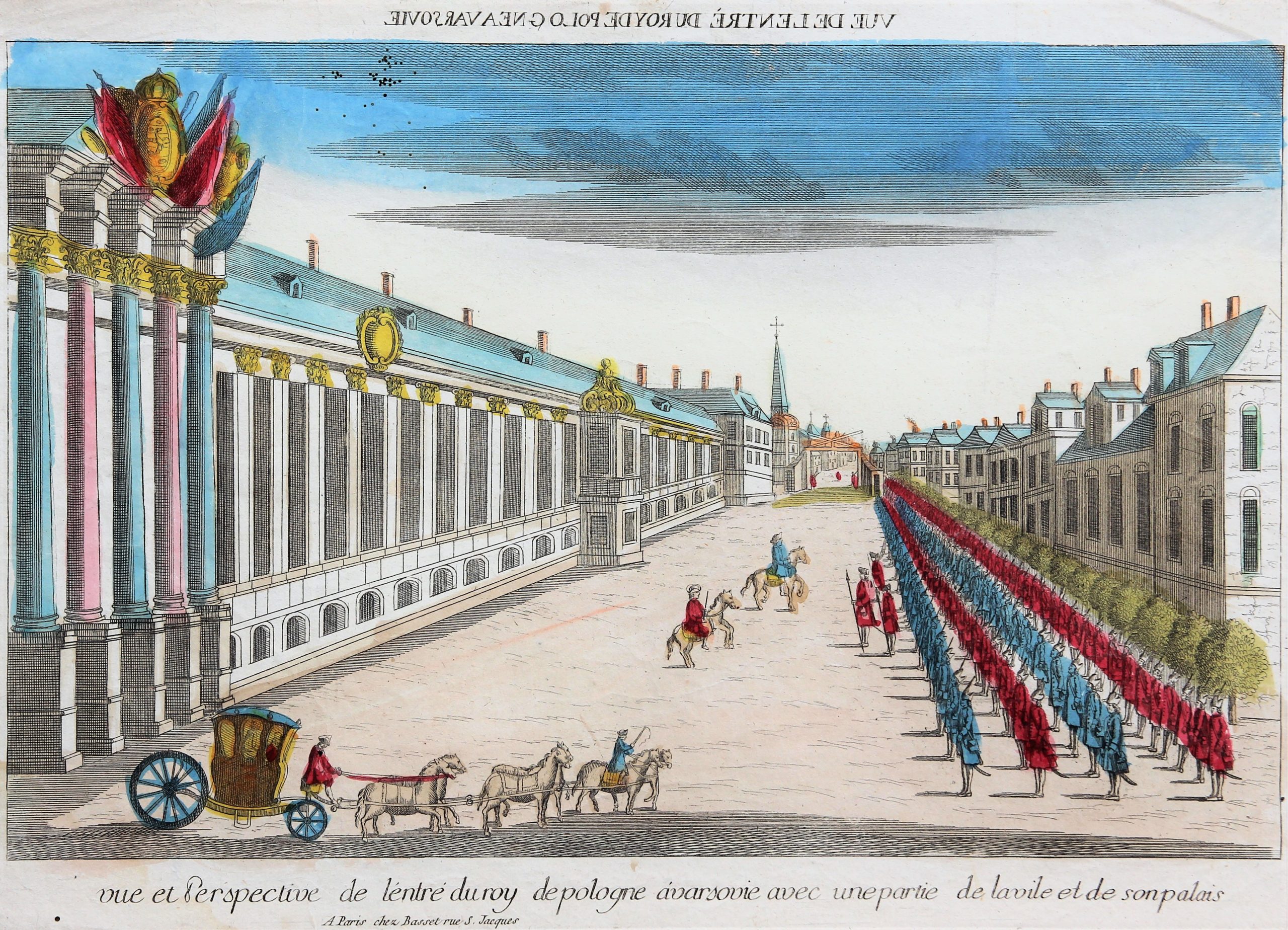
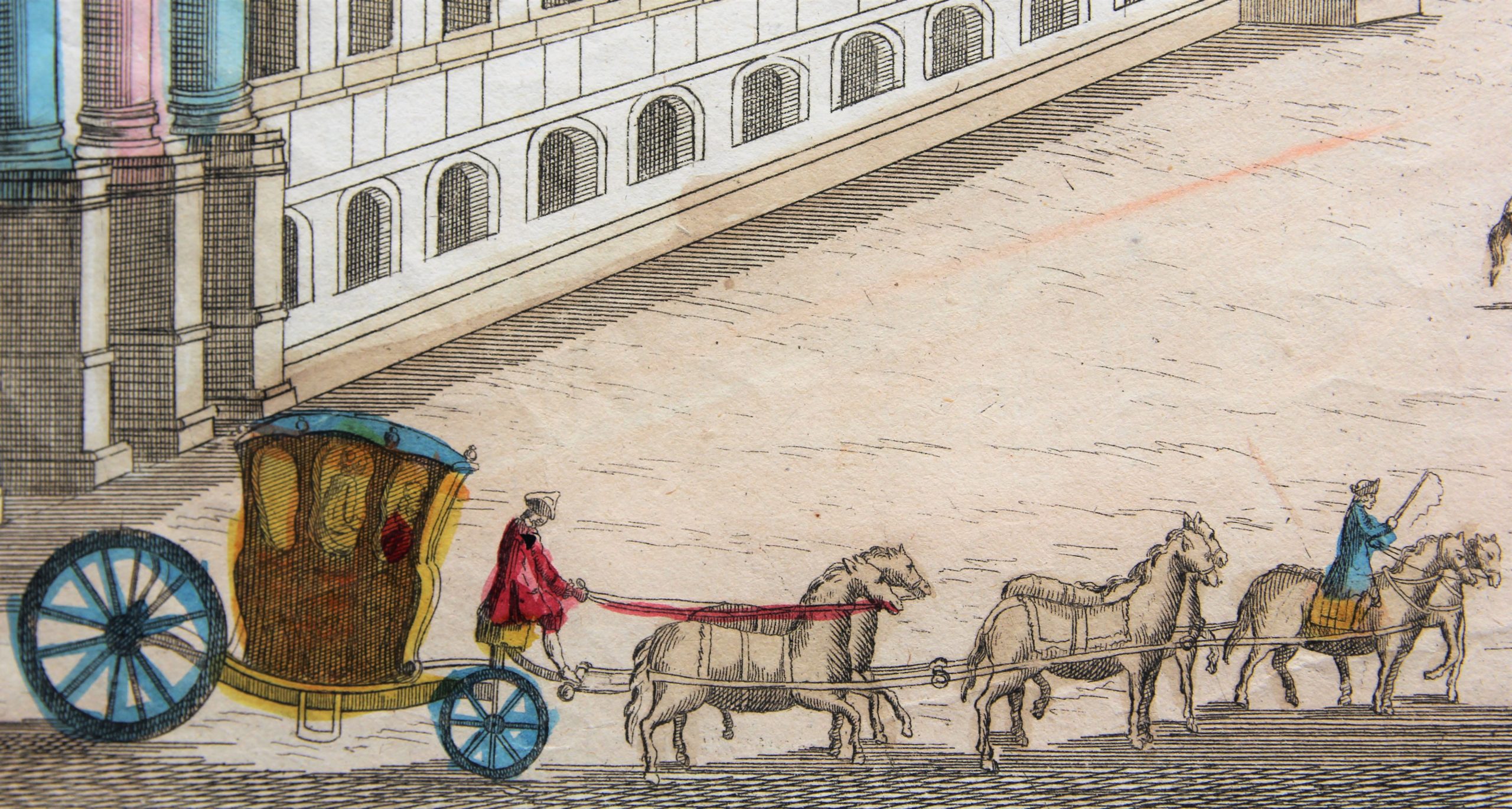
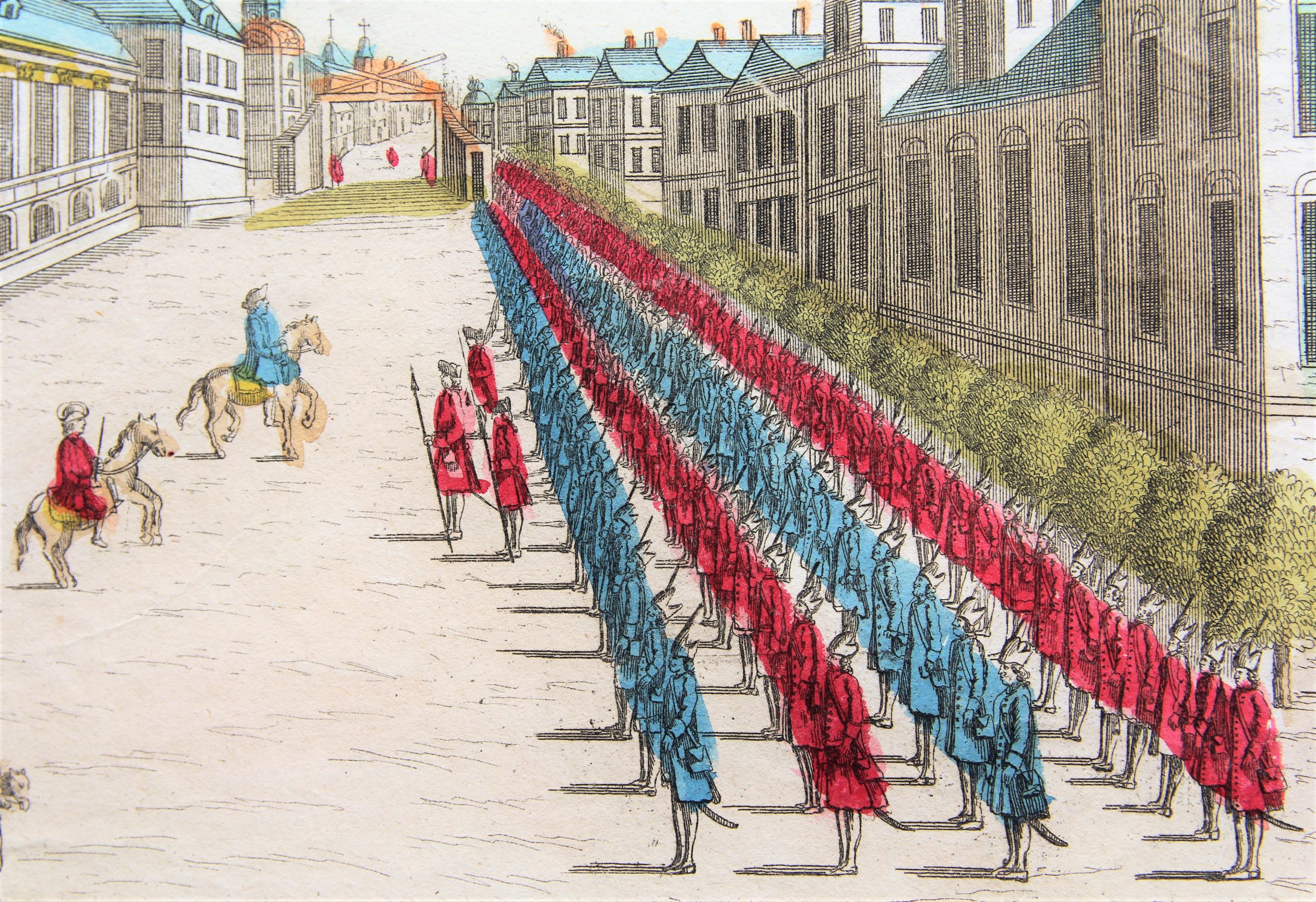
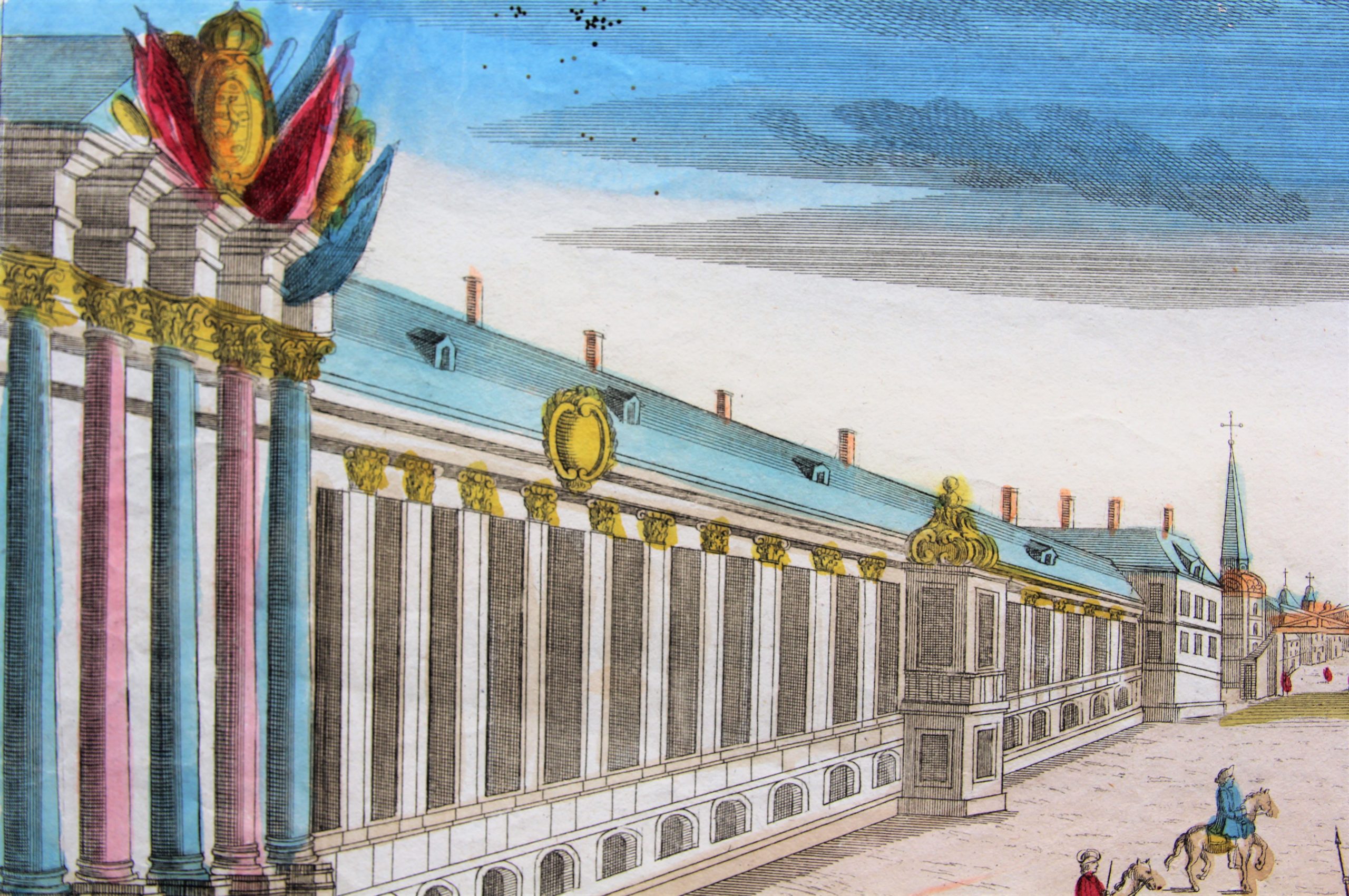
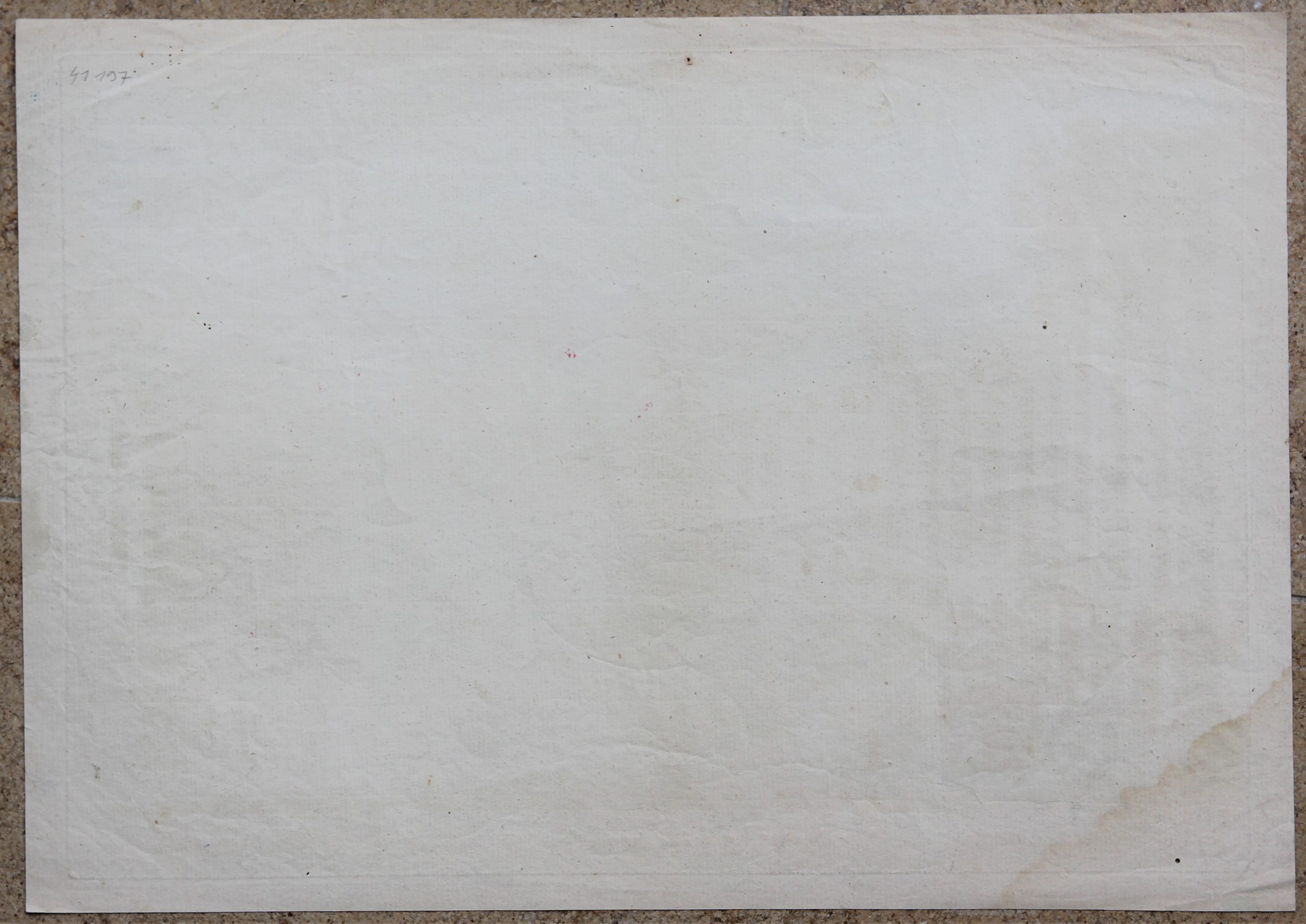
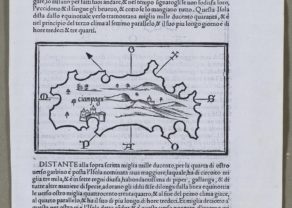
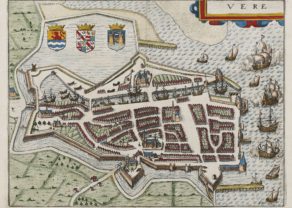
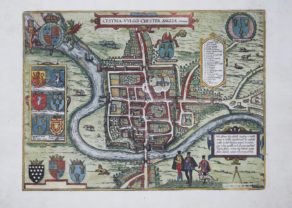
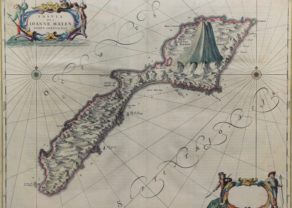
Optica prints
In the eighteenth and nineteenth centuries there were many popular speciality establishments in Paris, Augsburg and London which produced optical viewing devices and special engravings to be viewed through them. In the 18th century the “optical print” or “vue optique” came into existence, whose exaggerated converging lines were intended to produce the optical illusion of deep recession. The viewing devices for which these perspective prints were produced consisted of a lens and a mirror, this requiring the use of reversed or mirror-image pictures.